.
Competition exists everywhere, on every field and it’s usually a good thing as it promotes companies to constantly find ways to innovate their products and services, improve on customer service, motivate staffs to excel and in some cases, might even teach you a thing or two on how to run your business better. From mobile device giants the likes of Apple vs Samsung to the boys selling those devices in Lowyat, from the local banana leaf restaurants Sri Melor vs Nasi Kandar Pelita to that corner stalls selling Penang vs Johor laksa; even if there are monopolies, you can count on someone eventually coming up with something that everyone appreciates: choices.
.
But every once in a blue moon, there will be ONE item seemingly born or created to have no other function other than being the ultimate arch rival of another ONE item. And among all the ‘pocket rockets’ available today, few would disagree that between the Volkswagen Polo GTi and the Peugeot 208 GTi, you won’t find a better example of such perfect rivalry in the compact hot hatch segment.
.
Launched in August 2011, the Polo GTi isn’t exactly new to our streets. Back then, the launching price of RM132,888 for the three-door and RM135,888 for the five-door made it an instant hit and almost overnight, all stocks were booked and late buyers need to wait at least 6 months to a year for the next few batches to arrive. With such a strong value proposition, most buyers were willing to endure the long wait and we would all be expecting to see lots of Polo GTis parking in high class shopping malls and mamak restaurants showing the latest live football matches on their huge LED TVs. Then, the government threw a spanner into VWs plan by imposing higher taxes and the resulting RM34k increase in selling price for both variants had buyers cancelling their orders by the droves, especially considering you pay so much more for absolutely nothing. Good news for the first batch buyers whose cars suddenly appreciated overnight but sad news for prospective owners. Needless to say, Polo GTi sales for the 2nd half of 2012 was as bad as the business of a restaurant who’s food poisoning news just went viral online. The good news is, as of May 2013, Volkswagen Malaysia managed to reduce the selling price from the highly-discouraging price of RM166,888 and RM169,888 to RM151,888 and RM154,888 for the three-door and five-door respectively. Coupled with some discounts thrown in during certain special promotions and offers, the Polo GTi’s price has become somewhat more palatable and Volkswagen’s plan seems to be back on track again.
.
Until Peugeot came along and launched the 208 GTi. Tracing its roots to the iconic 205GTi which was THE hot hatch to own back in 1984. Imagine a time when Datsuns, Sunny Corollas and the then newly launched Proton Saga playing our roads and out of nowhere a zero-to-hundred-in-7.8seconds hatchback appearing on the rear windscreen and scaring the crap out of anyone not a rally car driver. The Peugeots back then were known to have such an excellent amalgam of suspension, braking, and performance, it makes you wonder what has happened to them in the past 3 decades. The 208 GTi is Peugeot’s demonstration of it’s intention (and ability) to get back into the game of producing a proverbial lethal weapon on wheels. Is it good enough to take the fight to VW territory? Let’s find out.
.
.
Design
.
.
Somehow, the Polo GTi looks rather diminutive in size parked next to the 208 GTi. So much for road presence for the Polo …. but that’s fine for those who’ve always preferred sleeper cars.
.
.
Launched in October 2013, you can tell the 208 GTi apart from the regular 208s by its chequered radiator grille and that little red line at the bottom of the silver ‘smiley’ grille.
.
.
Compared to the regular Polo Sport (review found HERE), the most telling feature that differentiates it from its less fast brethren are the LED DRLs. The GTi badge, along with its honeycomb grille will be the next thing you notice.
.
.
.
There’s more than a handful of external similarities that marks these 2 as arch-rivals. They both have GTi badges plastered on their body, they’re about the same size and they’ve got LED Daytime Running Lights. And speaking of DRLs, the 208’s positively owns the Polo’s; not only is it brighter, it has a wider visibility arch while the Polo’s are most visible only when seen directly in front.
.
.
Ideally, the three-door 208 GTi should be faced off against a 3-door Polo but Volkswagen Malaysia only has the 5-door for media review so there’s that. Strictly speaking, since the 208 GTi ONLY comes in 3-door form, the Polo GTi at least provides you the option of having a model that’s easier for rear ingress and egress.
.
In terms of size, they’re not really that far apart. The 208 GTi has dimensions of 3,962mm length, 1,739mm width and 1,460mm in height whereas the Polo GTi is 14mm longer, 57mm thinner and 15mm taller. It’s that width and higher placed bonnet that makes the 208 appear larger. Wheelbase wise, the 208 GTi is longer with 2,538mm vs the Polo GTi’s 2,468mm.
.
.
.
We’ve been seeing 17″ Detroit rims for quite a while now since it’s also found in Golf GTis and it’s design doesn’t seem to age. Those huge 5 ‘dials’ spells serious performance for any car adorn with it. The two-tone 17″ Carbon design alloy rims found on the 208 GTi is no less sporty looking and if you’re one of those who takes pleasure in washing and detailing his/her own ride, be prepared to invest a little more time and effort in getting those rims cleaned. While both have the same rim size, their tire sizes aren’t (Polo’s are 215/45 R17 whereas the 208’s are 205/45/ R17) and in this respect, the added width would also partially explain why the Polo felt more planted at corners.
.
.
.
Both have twin exhaust but the French does it with a little bit more flair.
.
.
Performance
.
.
.
6.9 seconds vs 6.8 seconds from zero to hundred! That all that matters to many it seems. The truth is, there is a lot more to those numbers and after you have tested both, you will understand why. But first, let’s look at more numbers: Polo GTi’s engine is a 1.4litre direct injection, twincharger that kicks out 180PS @ 6,200rpm with 250Nm of torque @ 2,000rpm – 4,500rpm. On the other side of the ring, we have the 208 GTi featuring an RCZ-sourced 200bhp @ 5,800rpm 1.6litre twin-scroll turbo with high pressure, direct injection engine that serves 275Nm worth of torque from 1,700rpm – 4,500rpm.
.
On paper, it would appear that the 208 GTi outguns the Polo GTi since it has a not-so-insignificant advantage in terms of higher engine cc, more horsepower and more torque. Why then is there just 0.1 seconds separating them in the sprint to 100kph? There are a number of factors and contributing the most to the Polo GTi’s outstanding performance is the 7-speed DSG gearbox which does all the shifting in perfection. The 208 GTi meanwhile not only inherits the RCZ engine, it gets its accompanying 6 speed manual gearbox. Unless you’re a professional racing driver, fully into his mojo when dragging with the Polo GTi and achieving perfect shifts between every gear, you would have a hard time keeping up with the Polo in those first few seconds. The 208 will eventually catch up at higher speeds until they reach their maximum speed of about 230kph (the Polo is supposedly 1kph slower at top speed) but if the gap between the 2 cars in that first few seconds is too great (as I have found), it’s not easy to smoke the Polo.
.
And this is the crux of the performance difference between these 2 legends. The Polo GTi is like a high powered prosumer camera that has all the optimum settings done for you to capture beautiful shots. The 208 GTi meanwhile functions like a DSLR camera. In the hands of a novice, it’s still fast but to bring out the full potential of the car, you’d need more experience and skill. The 6-speed gearbox in the 208 GTi does as advertised although, like the RCZ (review article HERE) I had hoped the gear throw is shorter like a sports transmission. The good thing compared to the RCZ though is the clutch bite point isn’t as high as the RCZ’s. I’ve had one embarrassing engine stall driving the RCZ; no such case with the 208 GTi as the bite point is more accommodating.
.
.
Ride and Handling
.
Both are equally nimble, agile and quick to go where you want it. With a lighter kerb weight of 1,160kg vs the Polo GTi’s 1,269kg, the 208 GTi felt faster in moving between lanes. While the 208 GTi needs a slightly smaller turning radius of 5.2m vs the Polo GTi’s 5.3m, both are easy to manoeuvre in perpetually jammed parking lots like those found in government hospitals and popular shopping malls. Sporting MacPherson-type struts and antiroll bar for the front suspension to offer precise road holding, the 208 GTi uses a trailing arm with dynamic cross-member axle for the rear. The Polo GTi’s suspension features similar MacPherson for the front while it has semi-independent for rears.
.
At high speed corners, it’s the Polo GTi that’s preferred. The added tire width on the Polo provides ample grip when throwing it sideways, particularly when combined with its electronic transverse differential lock. If you test the 208 GTi separately, you’ll find that it is capable on its own. Only if you do it side by side with a Polo GTi do you realise which has a better hold of the road when on the go. Having said that, the Polo GTi doesn’t involve you as much as the manual transmission of the 208 GTi. It’s as though you feel you’re a great cook but your mommy is in the kitchen and does all the work for you. That’s perfectly alright if you grew up with mommy doing all the cooking (read: automatics right from getting your license) but if you’re one of those who loves the challenge of honing your left leg-left arm-eye-on-rev-counter, you’d appreciate the 208 GTi more.
.
Both also feature sport suspension (read: as harsh as your missus might curse you for it) and with thin profile tires, you might want to be extra careful with that bag of eggs you just bought. Sound insulation is good on both cars, with wind noise creeping into the cabin from 150kph onwards in the Polo GTi. We didn’t have sufficient time and road to test the max speed of the 208 GTi but in those brief moments where we pushed it beyond legal speed limits, we felt NVH is quite similar between them.
.
.
Cabin Convenience
.
.
Step into the Polo’s cabin and you’ll be greeted with an ergonomic dashboard design that’s as clinical as a scalpel blade. Everything is there for a purpose and practicality is the foremost theme here. The 208 on the other hand believes it’s an offence to their aesthetic sensibilities if they don’t add some panache to their cabin. The result is a harmonious blend of form and function with red stitching and fading effects found in various parts of the car.
.
In the Polo, the most emotionally stirring component is the leather wrapped steering wheel which offers decent, plush grip. But then, so does the 208 GTi’s. Having said that, the 208 GTi’s steering wheel is somewhat small and (depending how you sit) affects the visibility of the meters. Peugeot maintains that the 208’s steering wheel design is made for drivers to look over the wheel instead of through it. Personally, I’d not had any problems reading it through the wheel so I don’t see the need to “reinvent the wheel” on this, pun intended. The 208’s steering wheel also loses out to the Polo’s in that the VW has paddle shifters.
.
.
The Polo GTi’s meters look like they’re taken from a regular Volkswagen and there’s nothing outstanding about them other than the readouts are clear to read during the day and the night. The 208 GTi’s on the other hand, looks a lot more unusual. Aside from the fore mentioned steering wheel which may or may not hinder your view, the display is styled in a racy matt and gloss chequered background. Surrounding the meters is a thin red LED which lights up beautifully at night as seen below.
.
.
.
Enveloping most of the 208 GTi dashboard are high quality leather-effect materials with red stitching while the Polo GTi is as plain as white porridge even if it is done with soft plastics.
.
.
On the right side behind the steering wheel, you’ll find the usual headlight, front and rear fog light controls in the Polo. Speaking of lights, the Polo has the added feature of it having auto levelling headlights while the 208’s are manual.
.
.
For entertainment, the Polo has a ‘RCD 310’ with MP3 player including CD-player. That CD player part would be missing in the 208’s interactive HD colour 7-inch touchscreen. What the 208’s headunit do have that the Polo’s doesn’t is GPS navigation, the same found in the Peugeot 508, Bluetooth telephony, audio streaming and the ability to play slideshows via USB connection.
.
.
The GPS in the 208 GTi is clear enough to be seen in almost any lighting condition and the Point of Interests are quite up to date.
.
.
In terms of climate control, the 208 GTi wins hands down with dual-zone climate control air conditioning. The Polo GTi’s 0-1-2-3 step air conditioning controls is way under par but as air conditioning goes, we find the VW’s unit to be far more quiet and more effective in lowering the cabin temperature in a shorter time compared to the 208.
.
.
Peugeots have always been known to be rather laid back when it comes to Right Hand Drive to Left Hand Drive conversions and the biggest issue most of us have with them is the left hand side location of the fusebox which compromises on the glove compartment space. The Polo’s space is positively cavernous (with a secret compartment for you to store the owner’s manual at the floor of the glovebox) compared to the 208’s above.
.
.
The Polo’s center armrest is more utilitarian since it has a compartment. The 208’s on the other hand is more for driver comfort than storing anything within. Worse is the position of said arm rest blocking the use of the seatbelts. If you happen to be coming into a 208’s cabin with one hand holding a phone before starting the car, it can be quite a handful buckling up and unfastening.
.
.
Compact hot hatches like these two fellas don’t favor rear passengers much but if you really have to fetch more than two around, both performs adequately. Do note that the Polo GTi seats are fabric whereas the 208 GTi’s are Club Nappa leather with Caro Weave fabric.
.
.
This is the rear legroom space for the Polo GTi. Knees scraping, as expected for a car this size.
.
.
The 208 GTi’s rear legroom also scrapes the front seats but between these two, the Polo GTi wins by virtue of it being a 5-door hatch and better rear headroom. Tall passengers will find it a little more difficult getting in and out of the 3-door 208 GTi and their heads will be intimately connected to the roof once the driver decides to go anal at bumps and potholes.
.
.
The Polo GTi also wins an extra point for having a cup holder in the center while the 208 GTi gives you a solid piece of plastic for kids to kick at.
.
.
You can choose to let the sun in with both the Polo GTi and the 208 GTi. The Polo has a sunroof which can be slid and tilted. The 208’s can’t be opened but its moonroof reaches all the way to the back bench and there is a blue stripe illuminating the sides at night.
.
.
Things are looking pretty good for the Polo GTi if you’re the type of person who takes your family of 4 out often, until you look at the boot. The Polo GTi’s boot size is rather tight and shallow whereas the 208 GTi has much more usable space and this is despite the 208 GTi is being sold to you with a full sized tire below the boot floor.
.
.
.
The Polo GTi on the other hand has a space saver, which ‘should’ translate to a bigger boot (which the regular Polo Sport has). The reason why this is not the case is (in case you missed it, scroll upwards) there isn’t a battery in the engine bay. To achieve better weight distribution (and presumably preserve battery life), the car’s main battery is located below the spare tire. This configuration raises the boot floor by a few centimeters and it’s a real bummer for those long outstation trips with huge luggages or passengers/drivers with disabilities. Wheelchairs cannot be accommodated in the Polo GTi’s boot.
.
.
Safety
.
Both the Polo GTi and 208 GTi have lots to offer when it comes to safety. Both have:-
.
- 6 airbags
- ABS
- EBD
- BA
- TCS
- Flat tire indicator
- Hill-hold control
- ISOFIX
- Rain Sensor
.
The 208 GTi has this:-
.
.
The Smart Park Assist System that helps you get in and get out of a parallel parking situation.
.
.
Ownership and Maintenance
.
The Volkswagen Polo GTi 3-door variant retails for RM152,888 while the 5-door can be yours for RM154,888 and comes with 5 years unlimited mileage warranty. The all-newPeugeot 208 3-door sells for RM139,888 OTR with insurance and also have 5 years unlimited mileage warranty. Service interval for the VW is every 15,000km while the Peugeot needs to visit the SC once every 10,000km.
.
Which one to buy? Honestly, we have no idea which to pick. If it’s about outright performance and ferrying passengers around, the Polo GTi would definitely be the choice. Not only does it have the convenience of 2 extra doors (assuming one picks the 5-door variant), it also carries a badge that many associate it being more valuable. It doesn’t have much fancy gadgets and stuffs but it does what it does and is blistering fast. Only gripe we had with it is there’s no launch control program unlike the Golf GTi.
.
And it is indeed more valuable, considering it’s asking for more than RM13,000 compared to the 208 GTi (remember the selling price of the VW does not factor in insurance). Unfortunately, sitting inside the Polo GTi doesn’t give you the sense that it’s an expensive car, unlike the 208 GTi. I mean, look at this:-
.
.
If that (and a 6 speed manual gearbox) doesn’t stir you like a hot French chic lifting her skirts ever so slowly while inviting you over to her place “for a cup of coffee”, I don’t know what will. Everything in the 208 GTi feels posh and plush; the only thing that it makes you work harder compared to the Polo is your left foot since an automatic transmission is not an option for the 208GTi. And if you’re one of those who feels it’s a shame that the 208 GTi doesn’t come in auto, you’d be missing the point of the entire 208 GTi concept and it’s a concept that, admittedly may not be one for the masses.
.
From an after sales perspective, both VW and Peugeot has (and still do) their fair share of complaints. Until this date, both locally and internationally, VW owners (especially those with models equipped with the 7 speed dry clutch DSG) are complaining of premature mechatronic and clutch pack failure whereas the Peugeot camp has protestors claiming recurring engine depollution. The good news is, solutions has been found to address those issues and most of these complaints, while they do indeed still happen are easier to resolve and most of the negative impressions are just that, impressions of an earlier group of owners who’ve had such a bad time with their cars that they’ve created a lot of bad press that may not reflect the current situation.
.
And so, coming back to the issue at hand, which GTi is the better GTi? We’d call it a tie ….. and like all ties, the final judge would be the one holding the cheque for the downpayment. Go for a test drive and tell us what you think. It’s well worth the effort.
.
.
.






















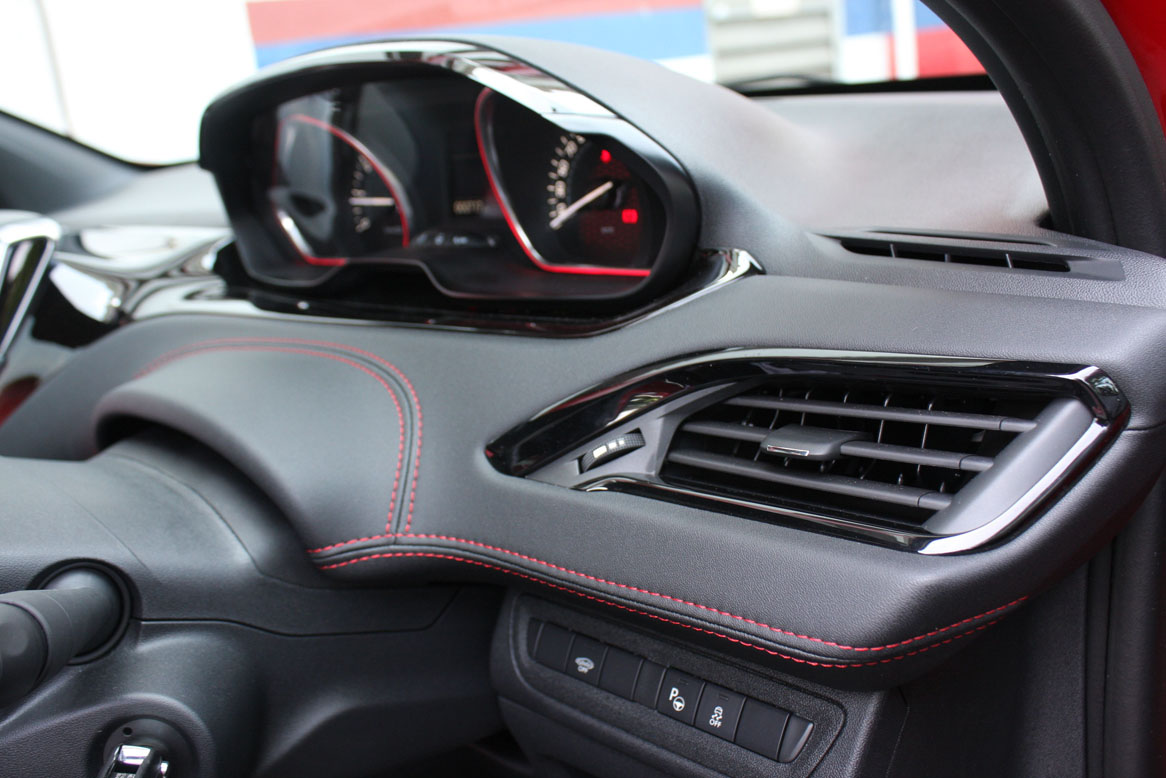




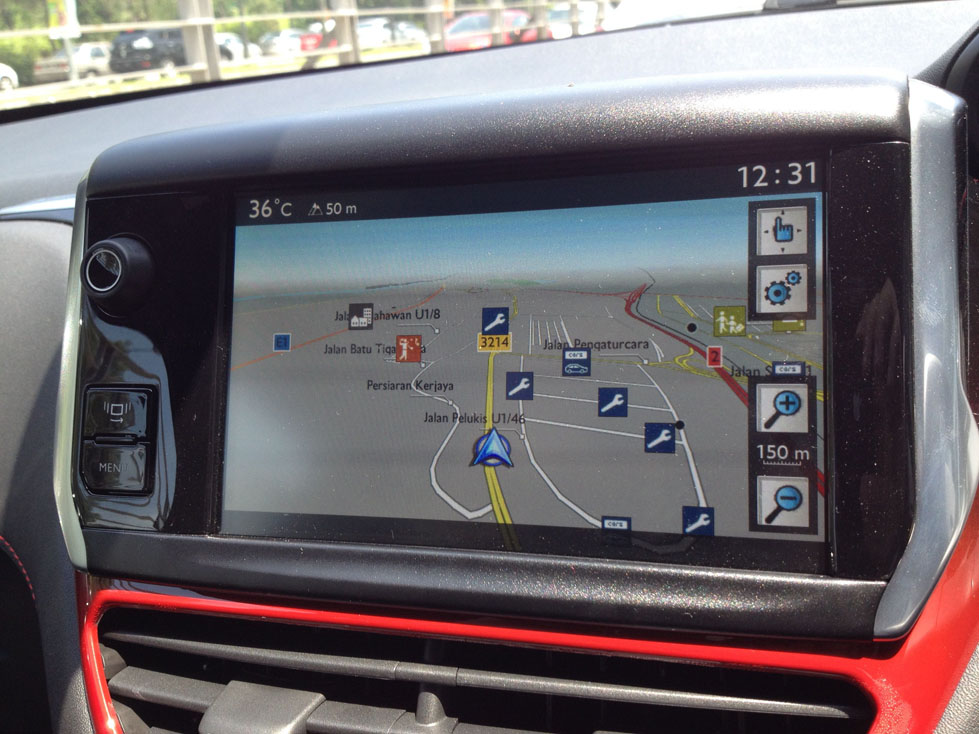




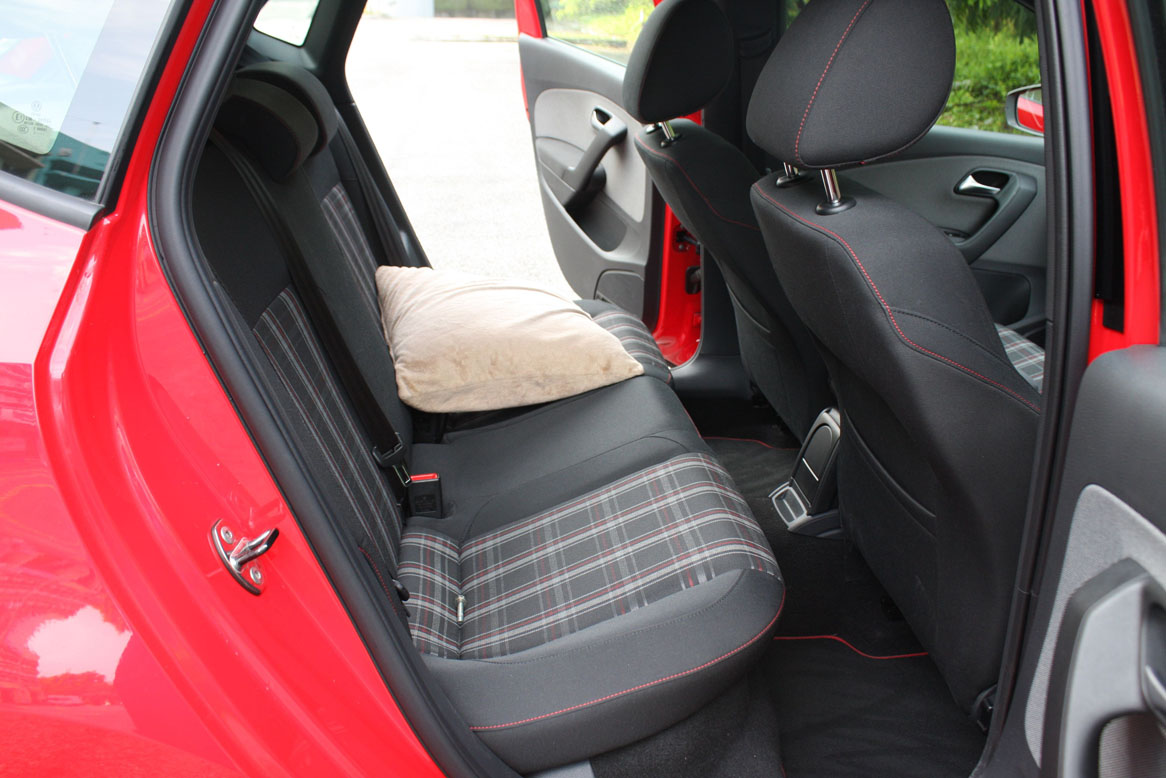

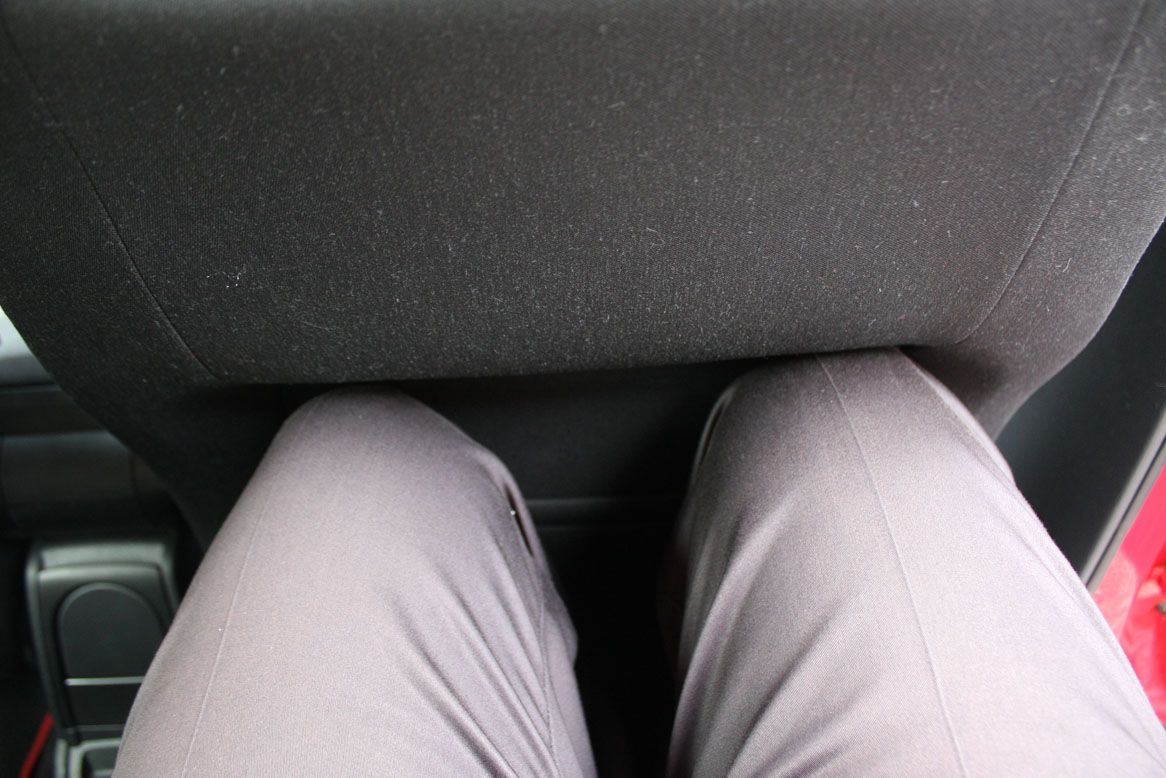









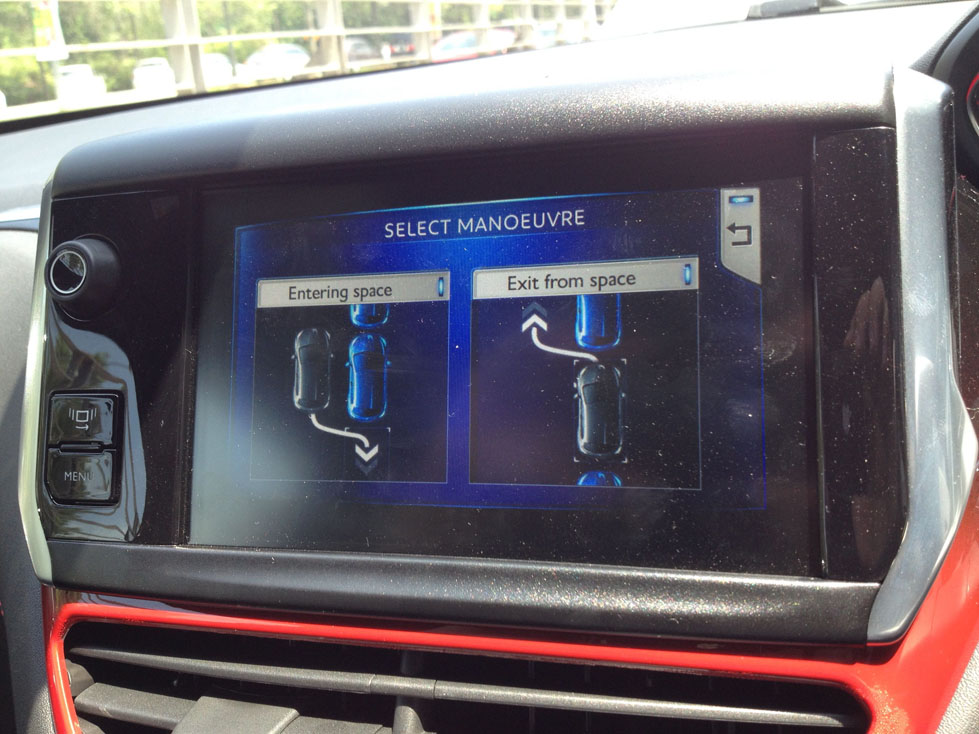

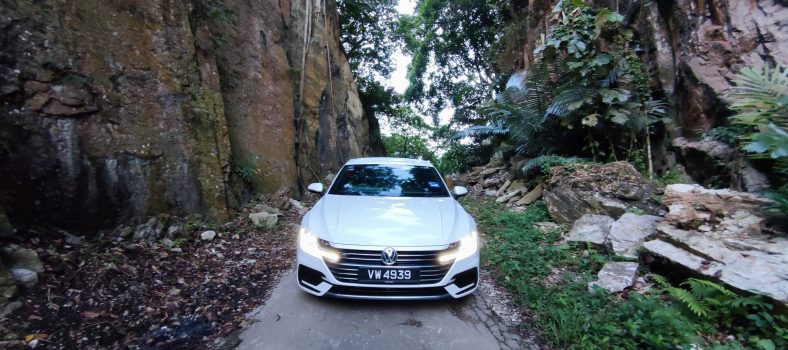


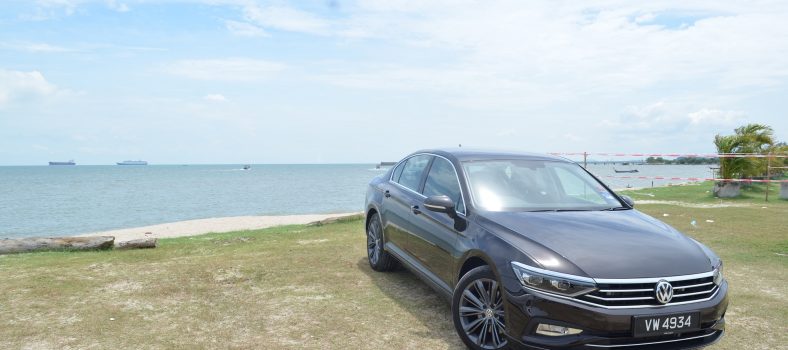
5 Comments
Methinks the turning radius for the Polo is 5.3m (it’s turning diameter would be 10.6m) vs the 208’s 5.2m!
You would think correctly. 10.6m is the turning circle. Thanks for the spot and article corrected accordingly.
nicely written!
Kenso, Thanks for comparing both GTIs. I wish you could write more often. I am personally enjoying your write up Keep it up the good work.
both are great buy, i prefer the polo but sadly no M/T
problem with 208 gti is that they dont have the test unit in showroom ready.